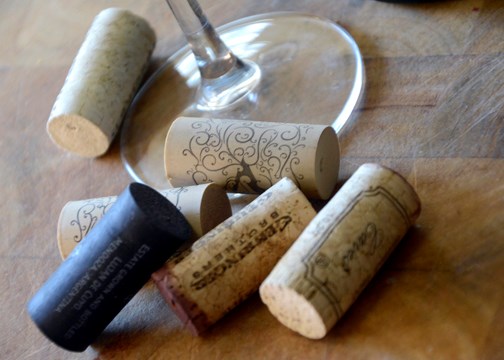This week’s column was supposed to be all about bargain wines. But that will have to wait.
As of April 1, the term “bargain wine” will take on a whole new meaning, as B.C. formally unveils its new pricing structure on, perhaps fittingly, April Fools’ Day.
Under the current system, B.C. already suffers among the highest wine markups (a euphemism for taxes) on the continent, or just about anywhere in the world. Under the new system all indications are we will be paying even more. (The government was set to reveal its actual retail pricing only on March 20, after my deadline for this column.)
The biggest thing you’ll notice is that products will be shelf priced without GST (five per cent) and PST (10 per cent for alcohol), which will now be charged at the till. That “bargain” bottle may look like a good deal until you get to the cash: shell game.
Behind the scenes a curious scenario has been unfolding with the government attempting to establish an across-the-board wholesale price. The blame game has already begun, with accusations flying between the ministry and importers as to who is responsible for the expected price increases.
The Import Vintners & Spirits Association points to several factors, not the least of which is the current disparity between the Canadian and American dollar.
The IVSA says it is short-sighted and misguided to suggest that liquor importers/distributors and their suppliers are arbitrarily taking advantage of the change to wholesale pricing to raise prices.
All of Victoria’s crowing about “leveling the playing field” turned out to be a bunch of hot air. Private wine stores have had their discount cut in half and still will not be allowed to sell beer and spirits.
Their prices are likely to increase considerably. And although the government itself will set the wholesale price that all retailers will pay, government liquor stores’ operating costs will continue to be fully subsidized.
Nobody (from private wine stores to wineries and restaurants) has anything positive to say about the government’s plans. And as for consumers? Well, as they say, stay tuned. . . .
As usual in B.C., there’s no shortage of rhetoric surrounding the topic of liquor sales. Kudos to MLA John Yap, who conducted the most comprehensive Liquor Policy Review, with every stakeholder able to air their views and wishes.
Once Yap handed in his recommendations, however, while most surrounding the actual sale and broader availability of liquor were adopted, in matters of pricing it would appear that deep inside the gullet of government nobody had been paying attention.
After the farcical roll-out regarding the initial wholesale formula, on which the government was forced to backtrack, the process began to unravel.
You’ll hear no shortage of commentary in the coming days, but here are three key issues that underscore Victoria’s problems.
Secrecy: After Yap’s very open process, the government has gone to great lengths to conceal the crucial Ernst & Young report on which it (presumably) has based many of its decisions. Despite being asked repeatedly in the legislature to release it, Attorney General Suzanne Anton has refused. So much for transparency.
Dining: Wine and food are the lifeblood of tourism. But restaurants, who requested the right to buy locally and at a real wholesale price, have been ignored.
They’ll be forced to pass on their much higher cost to you and me. So much for an economy driven by tourism.
Convenience: The new licensing program involving grocery stores is at best highly convoluted, and its impact on the marketplace is far from clear. As for the preference given to placing only B.C.-grown wines on open shelves, the free-trade driven, legal response from imported wine producers promises to be very swift, with far reaching ramifications.
• • •
Belly’s Budget Best
Altos Los Hormigas Bonarda Colonia Las Liebres 2013
Spoiler alert: Argentina isn’t only about Malbec. Bonarda (which came originally from France) plays very good second fiddle. This drop (from one of the country’s leading Malbec specialists) yields up-front red and black fruit, followed by a juicy, vibrant palate with some mocha notes and a lingering end (around $15-$17, at private stores).
Tim Pawsey writes about wine for numerous publications and online as the Hired Belly at hiredbelly.com. Contact: [email protected].
What are your thoughts? Send us a letter via email by clicking here.



